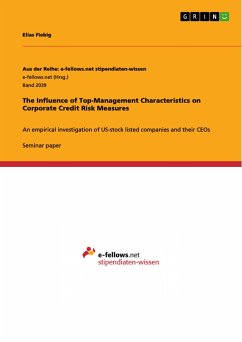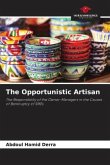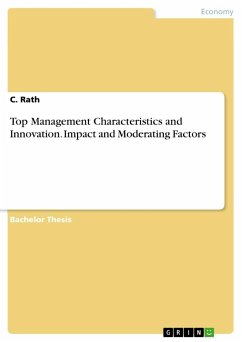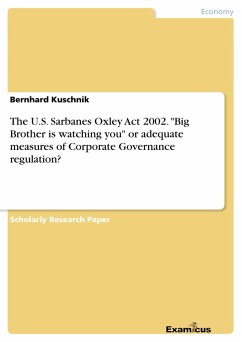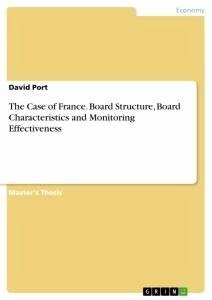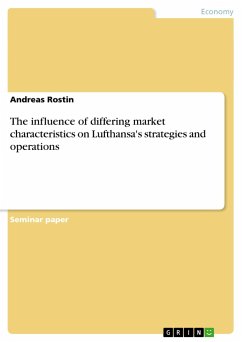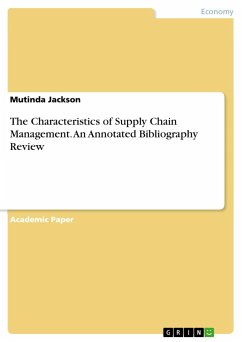Seminar paper from the year 2016 in the subject Business economics - Business Management, Corporate Governance, grade: A, Copenhagen Business School (Department of Finance), language: English, abstract: Inspired by previous research this paper investigates whether personal CEO characteristics such as age, CEO tenure, gender, MBA and variable salary (%) have a significant effect on firm bankruptcy risk measured using the Altman-Z-Score and the Ohlson-O-Score. This work is based on literature suggesting (i) CEO managerial characteristics such as overconfidence and optimism lead to higher leverage and increased risk-taking and that (ii) higher levels of debt and increased risk-taking behavior add to the likelihood of corporate financial distress. Using panel data on S&P 500 constituents during 1994-2014 our results provide evidence that CEO age and holding an MBA is positively associated with bankruptcy risk while CEO tenure and variable salary (%) seem to be negatively related to afirm's propensity to default. Collectively, our results remain mostly unchanged over various robustness tests employing both pooled OLS and the least squares dummy variable (LSDV) model as well as year, industry and company fixed effects as control variables. Next to significant support that managerial attributes, traits, and style may help to understand organizational outcomes, this project also provides insights how available public information can be used to further explain style effects by disentangling them into separate, measurable impact factors.

